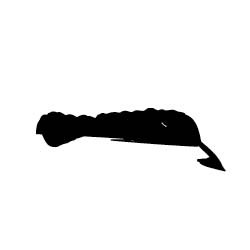Anthony Caro For Younger Children

Veduggio Glimpse
Anthony Caro
Subject: Vertical and horizontal
Activity: Make a sculpture that works when vertical and horizontal
Materials: Cardboard, construction paper, scissors, and glue
Vocabulary: Vertical, horizontal, sculpture
When a line or object is vertical, it stands tall from top to bottom, like a tree or flagpole. When something is horizontal, it takes up the most space from side to side. Vertical and horizontal are opposites. Most sculptures stand straight up and down, like people do, and may be seen at or above eye-level. This sculpture is different from most because it is wide across and sits close to the ground, below us instead of at eye-level or above us.
This sculpture is named after a city in Italy, Veduggio. Do you think this sculpture looks like a place?
If we turn our heads and look at this sculpture sideways, we can imagine how it would look vertically, standing on its end. Would this sculpture look like anything if it stood up vertically?
Using a pencil, have your child draw a simple shape on cardboard or construction paper. It can be a shape that is familiar, or something that is made up. Turn the page and have your child look at the shape both vertically and horizontally, pointing out its differences. Next, ask your child to draw shapes that look like something both vertically and horizontally. For example, if we turn an arrow so that it points up, vertically, it can look like a tree.
Horizontal —Positioned across, from side to side, the same the horizon, and the opposite of vertical
Vertical —Positioned upright, like a flagpole, and the opposite of horizontal
Sculpture —A work of art that has height, width, and depth
